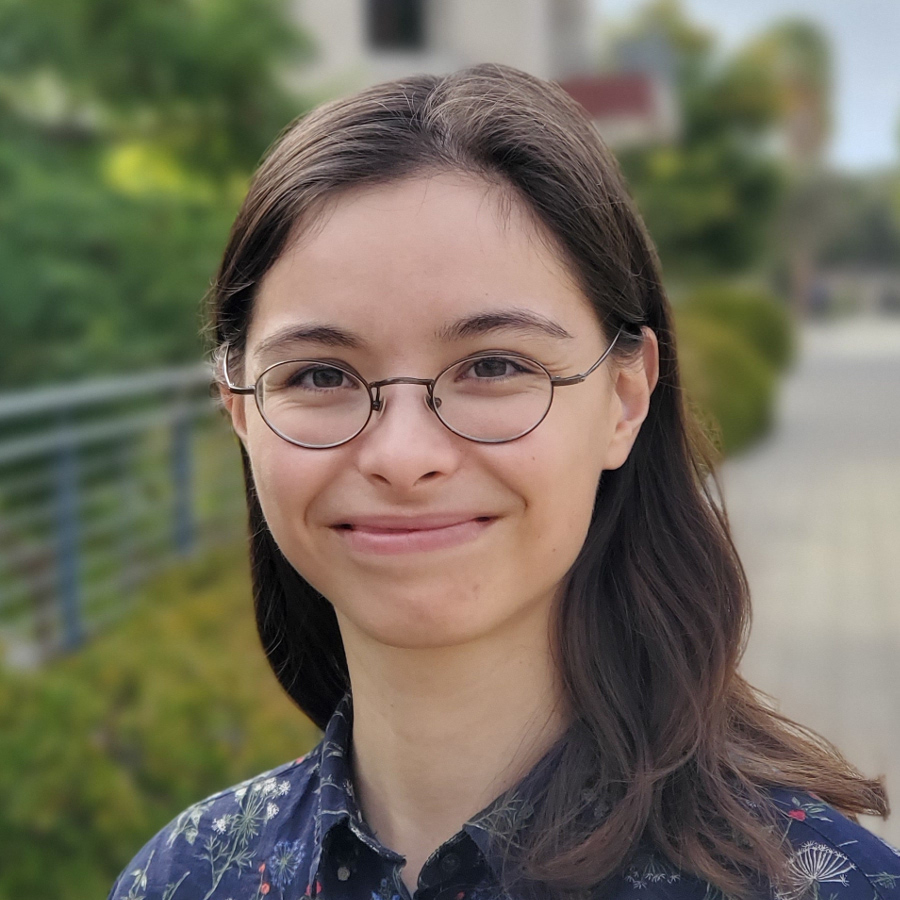Research
Current research
Credible witnesses report unidentified aerial phenomena (UAP) that have properties and kinematics purportedly outside the performance envelope of known phenomena. Whether a new rare atmospheric phenomenon or evidence of an extrasolar technosignature, we simply lack the scientific data that is required to elucidate the nature of Unidentified Aerial Phenomena (UAP), owing to historical stigma and the dearth of dedicated experimental studies. NASA highlighted in 2023 in an independent study the need for “purpose-built future sensors for UAP detection” and “multisensor platforms … for providing a complete picture of a UAP event”. Instrumentation-based UAP investigations collect vast amounts of data: they require machine learning models to detect, classify and identify all natural and man-made objects, using multiple modalities, before searching for any potentially novel class of objects. I am interested in building a multimodal foundation model for generalized class discovery that can be distilled to other smaller multisensor platforms.
Past research
I worked in the Neutrino Group at SLAC National Accelerator Laboratory under the supervision of Kazuhiro Terao and Hirohisa Tanaka. My main focus was on deep learning applications to data reconstruction and analysis of neutrino detectors based on liquid argon time projection chambers (LArTPC), such as ICARUS. You can read about my PhD research on ML for neutrino detectors and other projects.
Publications
L. Dominé, Biswas A., Cloete R., Delacroix A., Fedorenko A., Jacaruso L., Kelderman E., Keto E., Little S., Loeb A., Masson E., Prior M., Schultz F., Szenher M., Watters W., White A. (2025) Commissioning An All-Sky Infrared Camera Array for Detection Of Airborne Objects Sensors 25(3), 783
L. Dominé, P. Côte de Soux, F. Drielsma, D. H. Koh, R. Itay, Q. Lin, K. Terao, K. V. Tsang, and T. L. Usher (on behalf of the DeepLearn- Physics Collaboration) (2021) Point Proposal Network for Reconstructing 3D Particle Positions with Sub-Pixel Precision in Liquid Argon Time Projection Chambers Physical Review D 104, 032004
F. Drielsma, Q. Lin, P. Côte de Soux, L. Dominé, R. Itay, D. H. Koh, B. J. Nelson, K. Terao, K. V. Tsang, and T. L. Usher (DeepLearnPhysics Collaboration) (2021) Clustering of Electromagnetic Showers and Particle Interactions with Graph Neural Networks in Liquid Argon Time Projection Chambers Data Physical Review D 104, 072004
F. Drielsma, K. Terao, L. Dominé, D. H. Koh (2020) Scalable, End-to-End, Deep-Learning-Based Data Reconstruction Chain for Particle Imaging Detectors Third Workshop on Machine Learning and the Physical Sciences (NeurIPS 2020)
L. Dominé, K. Terao (2020) Scalable Deep Convolutional Neural Networks for Sparse, Locally Dense Liquid Argon Time Projection Chamber Data Physical Review D 102, 012005
L. Dominé, G. Giacalone, C. Lorcé, S. Munier, S. Pekar (2018) Gluon density fluctuations in dilute hadrons Physical Review D 98, 114032
Preprints / in review
K. Knuth, P. Ailleris, H. Agrama, E. Ansbro, T. Cai, T. Canuti, M. Cifone, W.B. Cornet, F. Courtade, R. Dolan, L. Dominé, L. Dini, B. Friscourt, R. Graves, R. Haines, R. Hoffman, H. Kayal, S. Little, G. Nolan, R. Powell, M. Rodeghier, E. Russo, P. Skafish, E. Strand, M. Swords, M. Szydagis, G. Tedesco, J. Tedesco, M. Teodorani, J. Vallée, M. Vaillant, B. Villarroel, W. Watters. (2025) The New Science of Unidentified Aerospace-Undersea Phenomena (UAP) Submitted
C. Liu, L. Dominé, K. Chavez, R. Socher (2020) Central Yup’ik and Machine Translation of Low-Resource Polysynthetic Languages arXiV preprint:2009.04087
D. H. Koh, P. Côte de Soux, L. Dominé, F. Drielsma, R. Itay, Q. Lin, K. Terao, K. V. Tsang, T. Usher (for the DeepLearnPhysics Collabora- tion) (2020) Scalable, Proposal-free Instance Segmentation Network for 3D Pixel Clustering and Particle Trajectory Reconstruction in Liquid Argon Time Projection Chambers arXiV preprint:2007.03083
